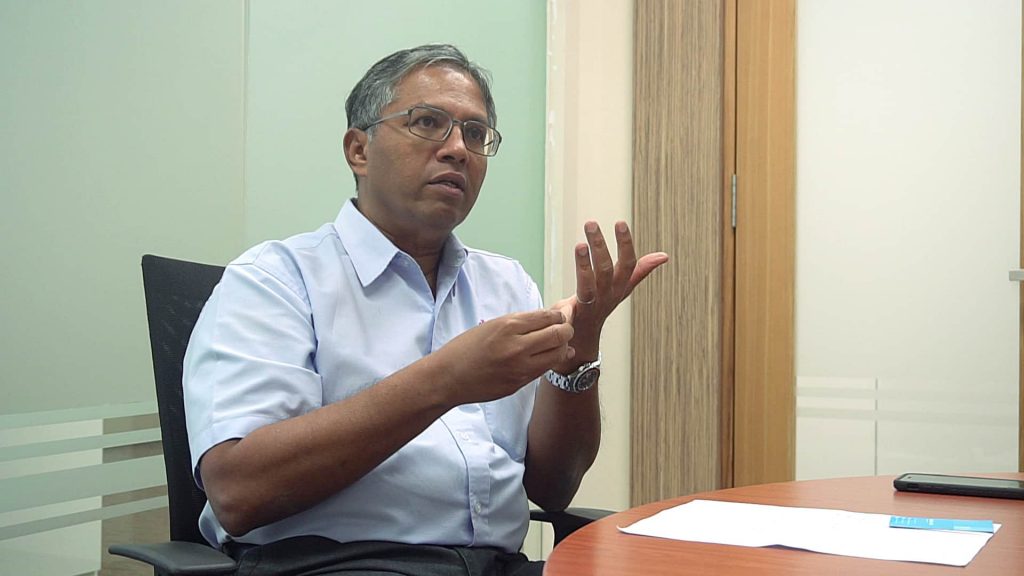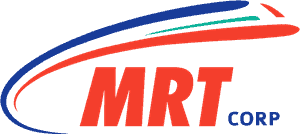By Param Sivalingam, MMC Gamuda KVMRT (PDP SSP) Project Director
The role of Project Delivery Partner (PDP) for the MRT SSP Line is unique and complex. We delicately have to balance the act of project management with that of world-class engineering to deliver Malaysia’s first MRT system.
Together with MRT Corp, we are tasked with procuring, designing, supervising and commissioning the various work packages involved in constructing the viaducts, stations and systems.
Essentially we are the integrator that coordinates each moving part and the different processes of the contractors and sub-contractors.
So what makes this task more difficult?
We are under no illusion that the MRT SSP Line presents more challenges than the MRT SBK Line. Before the commencement of the project, we had to review the safety, social and environmental issues that could impact upon the design.
Given it is a national project, the whole process is done collaboratively with MRT Corp and is subject to government policy. Therefore, making corrections at a later date is a laborious task and is not feasible once we have set our working deadlines.
Apart from getting the design right, we also have to be spot on with procurement, which requires expert and deep knowledge of the supply chain. We cannot simply change the procurement process as it is conducted jointly with MRT Corp.
When something goes wrong with one of our contractors, we can’t just walk into the contract and try and fix things — they are solely in charge of that particular work package. Instead, we need to liaise with them, work through the issue and put a plan in place to help them rectify the issue.
How do we manage these complexities?
Luckily, we have an experienced team of architects and engineers who are very well versed in transit developments. We have also learned greatly from our experience with the MRT SBK Line, providing innovative construction methods to not only help deliver the project on time, but within budget.
This extends to cost-effective designs and embracing digital transformation whereby we have taken the digital route in our work activities such as having stations drawings digitalised. The use of Building Information Modelling (BIM) on mobile tablets enables better visualisation of the final product and can help minimise abortive works.
Ensuring we have an energised and engaged workforce who will continue to develop their capabilities is also key. As a result, we have continuous staff and talent development initiatives that enhances the skills, knowledge and expertise of our employees. This includes Quality, Safety, Health and Environment (QSHE) programmes and the active adoption of digitalised solutions.

